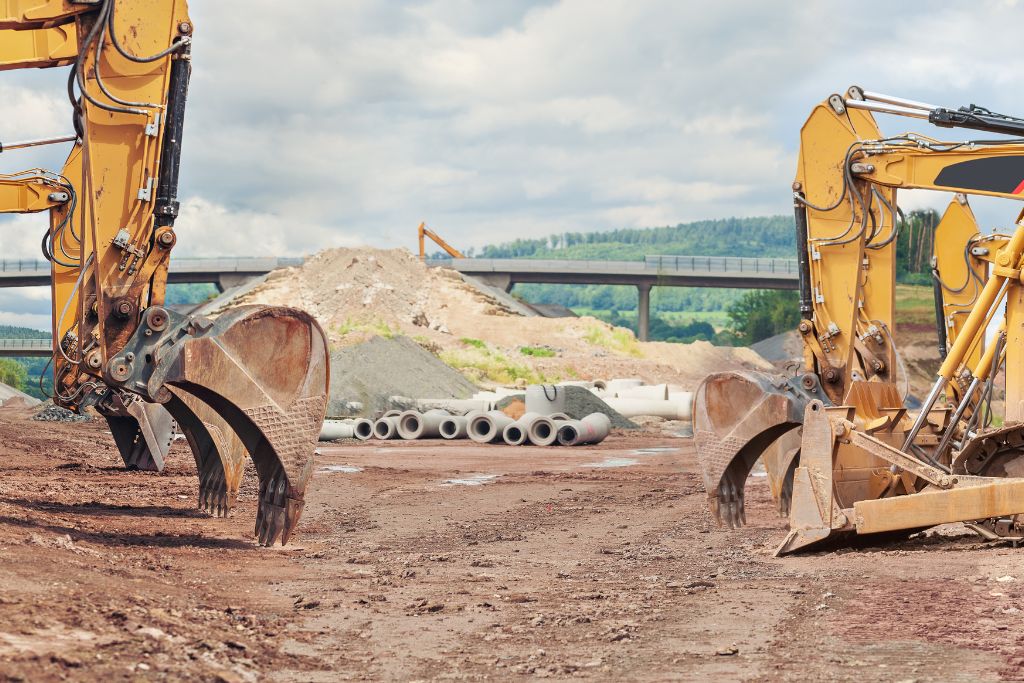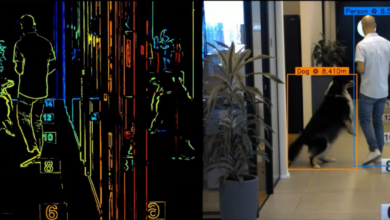Ways Cities Can Reduce Pollution

Due to the high density of vehicles, cities often face problems relating to air quality. This situation calls for change, as pollution can harm the environment as well as the citizens who reside in urban areas. Here are some ways cities can reduce pollution.

Tighten Vehicle Emissions Standards
Most people are familiar with emissions tests. However, these standards may be too low and don’t improve air quality as much as they should. Certain standards are too relaxed, and testers often miss important details about the cars, buses, and trucks that they’re inspecting as a result. Cities can solve this issue by making testing guidelines more thorough, raising standards of compliance, and requiring tests more often.
Increasing the Presence of Plants
Greenery contributes to a more friendly and positive atmosphere for residents and visitors in a city. Trees, grasses, shrubs, and flowers can all provide a welcome reprieve to the cold, gray drabness of surrounding buildings and streets. Plants also naturally clean the air through the process of photosynthesis, in which they take in carbon dioxide and release oxygen. This also filters harmful particles out of the air. Cities only stand to gain by increasing the presence of plants wherever possible.
Prioritize Pedestrians in Designing
Prioritizing pedestrians in designing infrastructure is one way cities can reduce pollution significantly. The concept of building cities for people instead of cars could become the basis for all kinds of initiatives. For example, a city could section off certain streets for pedestrian use only. It could also encourage walking, cycling, and the use of public transportation by widening sidewalks and lanes for people utilizing those modes of transport. The more convenient it is to go without a car, the more likely citizens are to decrease their driving. Over time, the pollution that drivers put out will decline, as fewer people spend the majority of their traveling time behind the wheel.




